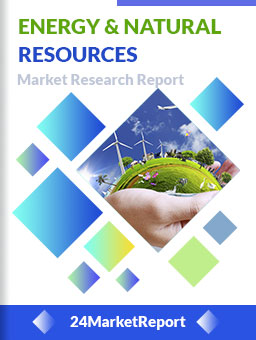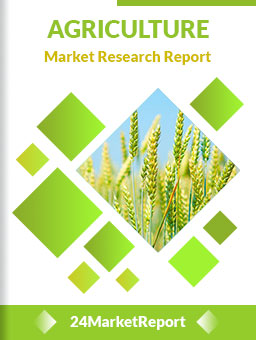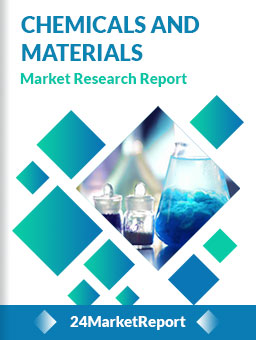
Download FREE Report Sample
Download Free sampleThe total data of Voluntary Carbon Offsets Market covers the global voluntary carbon market. In the report, revenue is based on the location of the project supplier rather than the actual location of the project.
Carbon offsets are measured in metric tons of carbon dioxide-equivalent (CO2e) and may represent six primary categories of greenhouse gases: carbon dioxide (CO2), methane (CH4), nitrous oxide (N2O), perfluorocarbons (PFCs), hydrofluorocarbons (HFCs), and sulfur hexafluoride (SF6). One carbon offset represents the reduction of one metric ton of carbon dioxide or its equivalent in other greenhouse gases. There are two markets for carbon offsets. In the larger, compliance market, companies, governments, or other entities buy carbon offsets in order to comply with caps on the total amount of carbon dioxide they are allowed to emit. This market exists in order to achieve compliance with obligations of the Kyoto Protocol, and of liable entities under the EU Emission Trading Scheme. In the much smaller, voluntary market, individuals, companies, or governments purchase carbon offsets to mitigate their own greenhouse gas emissions from transportation, electricity use, and other sources. For example, an individual might purchase carbon offsets to compensate for the greenhouse gas emissions caused by personal air travel. Many companies offer carbon offsets as an up-sell during the sales process so that customers can mitigate the emissions related with their product or service purchase (such as offsetting emissions related to a vacation flight, car rental, hotel stay, consumer good, etc.).
As shown in the figure below, carbon dioxide emissions are constantly increasing, which makes more and more people realize the importance of reducing carbon dioxide emissions. This voluntary market has prompted project developers to create technological innovations to reduce greenhouse gas emissions. Since trading of voluntary carbon offsets first took off in the late 2000s, voluntary carbon projects have helped to reduce, sequester, or avoid over 435.7 MtCO2eequivalent to not consuming over one billion barrels of oil. These projects are supported by companies, individuals and governments purchasing carbon offsets.
There are two markets for carbon offsets. In the larger, compliance market, companies, governments, or other entities buy carbon offsets in order to comply with caps on the total amount of carbon dioxide they are allowed to emit. This market exists in order to achieve compliance with obligations of the Kyoto Protocol, and of liable entities under the EU Emission Trading Scheme.
In the much smaller, voluntary market, individuals, companies, or governments purchase carbon offsets to mitigate their own greenhouse gas emissions from transportation, electricity use, and other sources. For example, an individual might purchase carbon offsets to compensate for the greenhouse gas emissions caused by personal air travel. Many companies offer carbon offsets as an up-sell during the sales process so that customers can mitigate the emissions related with their product or service purchase (such as offsetting emissions related to a vacation flight, car rental, hotel stay, consumer good, etc.).
Voluntary Carbon Offsets Market contains market size and forecasts of Voluntary Carbon Offsets in Global, including the following market information:

Speak to our Custom Research Team and get the Custom Research in a budget
Custom ResearchFrequently Asked Questions ?
A license granted to one user. Rules or conditions might be applied for e.g. the use of electric files (PDFs) or printings, depending on product.
A license granted to multiple users.
A license granted to a single business site/establishment.
A license granted to all employees within organisation access to the product.
Upto Working 24 to 48 hrs
Upto 72 hrs max - Weekends and Public Holidays
Online Payments with PayPal and CCavenue
Wire Transfer/Bank Transfer
Hard Copy




 Industry Market Size
Industry Market Size SWOT Analysis
SWOT Analysis Industry Major Players
Industry Major Players Revenue Forecasts
Revenue Forecasts Historical and Forecast Growth
Historical and Forecast Growth Profitability Analysis
Profitability Analysis
























